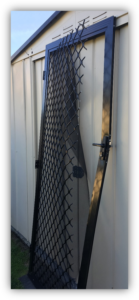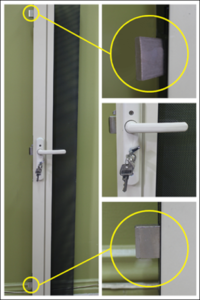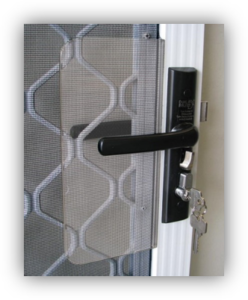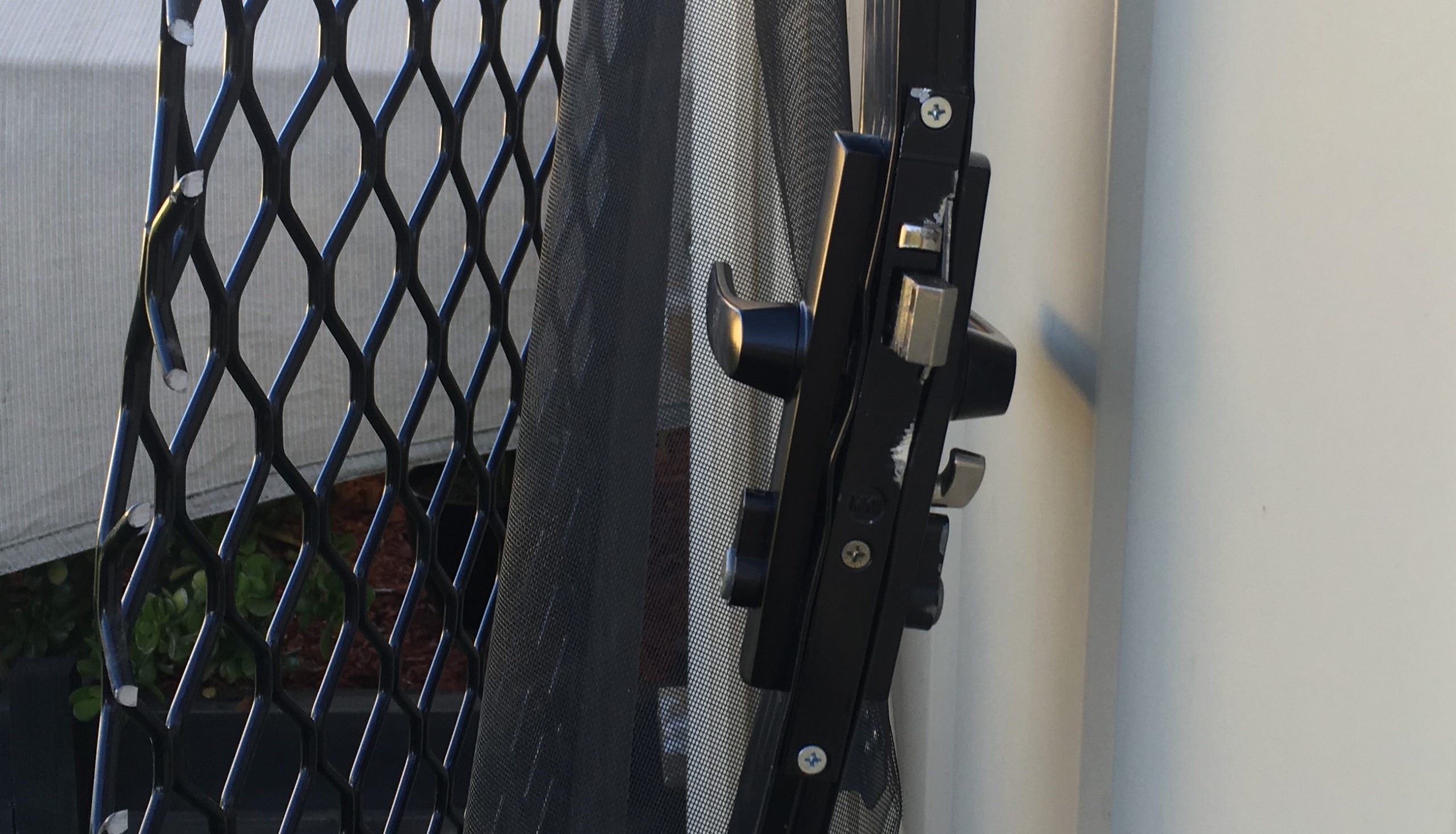Barrier Screen doors can loosely be divided into two types, those with a single lock and those with the additional safety of a Triple lock fitted to the barrier door. Single lock doors typically provide a measure of safety and may deter opportunistic thieves looking for an easy target. However, a determined intruder can force their way into your home with the right tools.

What’s the difference between single and triple lock doors?
Both types of door essentially look the same; they may have the same frame and grille design. The real difference is the added protection provided by a triple lock on the barrier door.
A single lock, which is your typical screen door, is one with a single central lock. The lock is always located in the centre of the door and is usually on the right-hand side looking out, although it can be placed on the left for left-handed people. A single lock door essentially provides a physical barrier between the householder and whoever is on the other side. Depending on the risk level of the area in which you live, this may or may not be sufficient.
The triple lock system comprises a central lock with an additional internal rod. This rod connects to two additional locks, one above the main lock and one below. This gives the door extra strength, meaning it is secured on three points on the jamb and is much harder to prize open. For those living in high-risk areas, or an elderly person on their own, this type of door provides extra safety and peace of mind.

The material that the door and grille is constructed from should also be considered here. Stainless steel doors, and windows, are stronger than their aluminium counterparts and are consequently more difficult to force open. All Chaplin Screens, Stainless steel hinged doors are fitted with a triple locking system according to the Australian standards.
Triple locks can be actually be fitted to existing barrier screen doors, but this can work out to be a more expensive option. So if you live in a high-crime area, it may be a better idea to install new barrier doors with a triple locking system from the outset.
When discussing home security, it would be remiss not to mention adding a lock guard – sometimes called a ‘snib’ guard – around the lock of your barrier door. What is a lock guard? They’re generally made of hard Perspex or poly-carb and stop thieves from inserting their fingers or other objects with the aim of flipping the internal lock open. Lock guards are inexpensive and can be easily fitted to your new door.

In conclusion, triple locks do require more work and are therefore more expensive to install. However, given the significantly higher security, this expense may be a good investment for your home when you consider the many years these types of doors will be in service. Any extra investment may also be compensated by lower home insurance costs. Triple locks will also add value to your home, should you decide to sell in the future.
It goes without saying that these triple lock barrier doors work best when you use them. It’s surprising how many people have great security, but leave their doors unlocked or leave the keys in the lock, when popping out to the shops or even chatting to neighbours over the back fence. Many home invasions occur even when a family member is at home. Don’t take chances. Ensure you doors are locked when you’re at home and every time you leave the house.
Chaplin Screens prefers to use the Whitco Tasman MK2 – 3-point locking system as shown in the video below.


